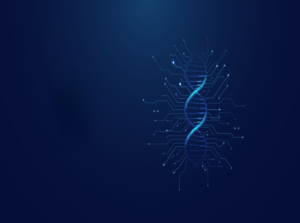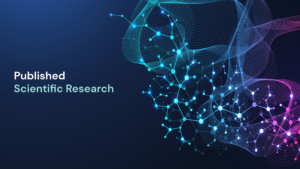Two decades ago the Human Genome Project was completed. Since then, the first sequence of the human genome and subsequent population genomes have provided critical information about the human blueprint and impacted the study of human biology and medicine.
We have come a long way following the completion of the Human Genome Project. Epigenetics adds a layer of information to the human genome and works with the genetic sequence to respond to cell identity, age and living environment.
Those working in the field of epigenetics strive to enhance our understanding of epigenetic modifications and their implications for disease detection, diagnosis, prognosis and tracking.
Interrogating genetics and DNA epigenetics in a single workflow
As we build tools to interrogate both the genome and DNA epigenome, we are thrilled that the journal Nature Biotechnology has published our paper ‘Simultaneous sequencing of genetic and epigenetic bases in DNA’. In it, we explain how our novel pre-sequencing workflow and analysis software enables the ability to interrogate genetics and DNA epigenetics in a single workflow.
As we know, DNA comprises molecular information stored in genetic and epigenetic bases which are crucial to our understanding of biology. However, most DNA sequencing approaches focus on either genetics or epigenetics and capture incomplete information as a result.
Methods used to detect epigenetic DNA bases fail to capture common C-to-T mutations or distinguish 5-methylcytosine (5mC) from 5-hydroxymethylcytosine.
Lowering barriers to unlock genomic information
Our single-base-resolution sequencing methodology is different. It sequences complete genetics and the two most common cytosine modifications in a single workflow. This approach is accurate and requires low DNA input.
It has a low barrier to entry as it works with existing sequencing instruments, and the software deploys on existing computational set-ups. Simultaneous, phased reading of genetic and epigenetic bases provides a more complete picture of the information stored in genomes and has applications throughout biomedicine.
You can read more about this approach in the full paper in the Nature Biotechnology journal.




